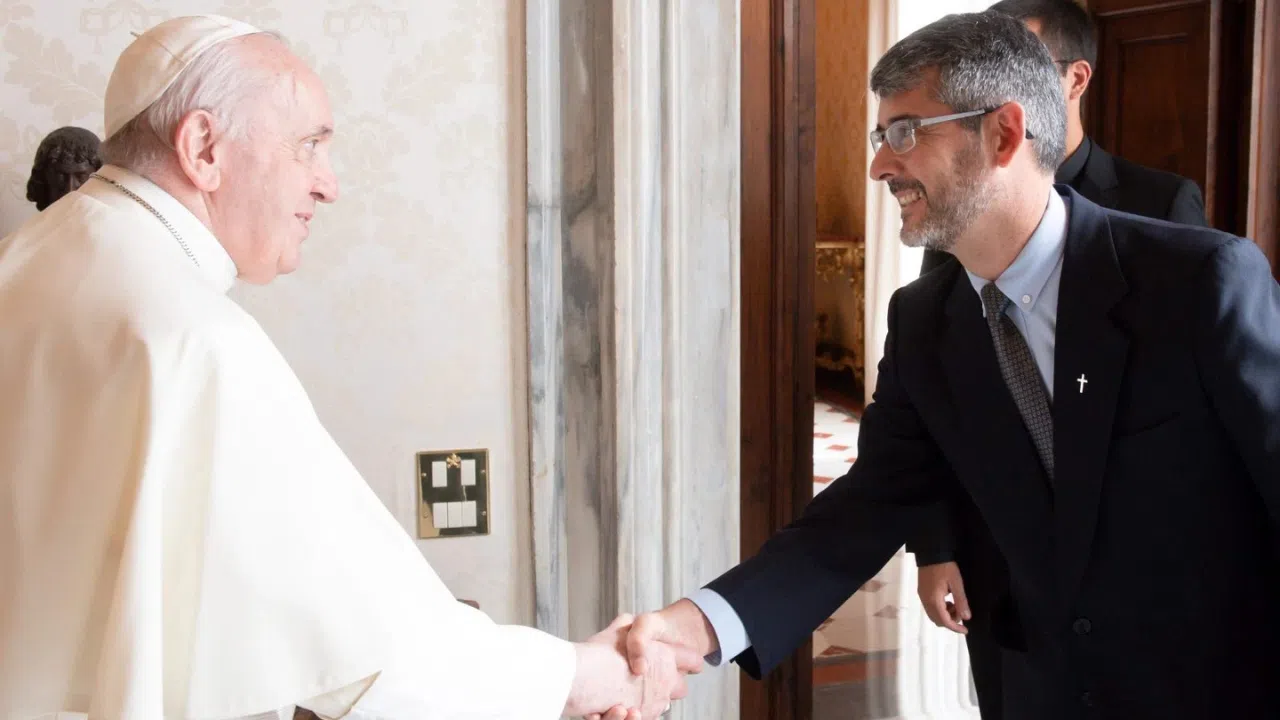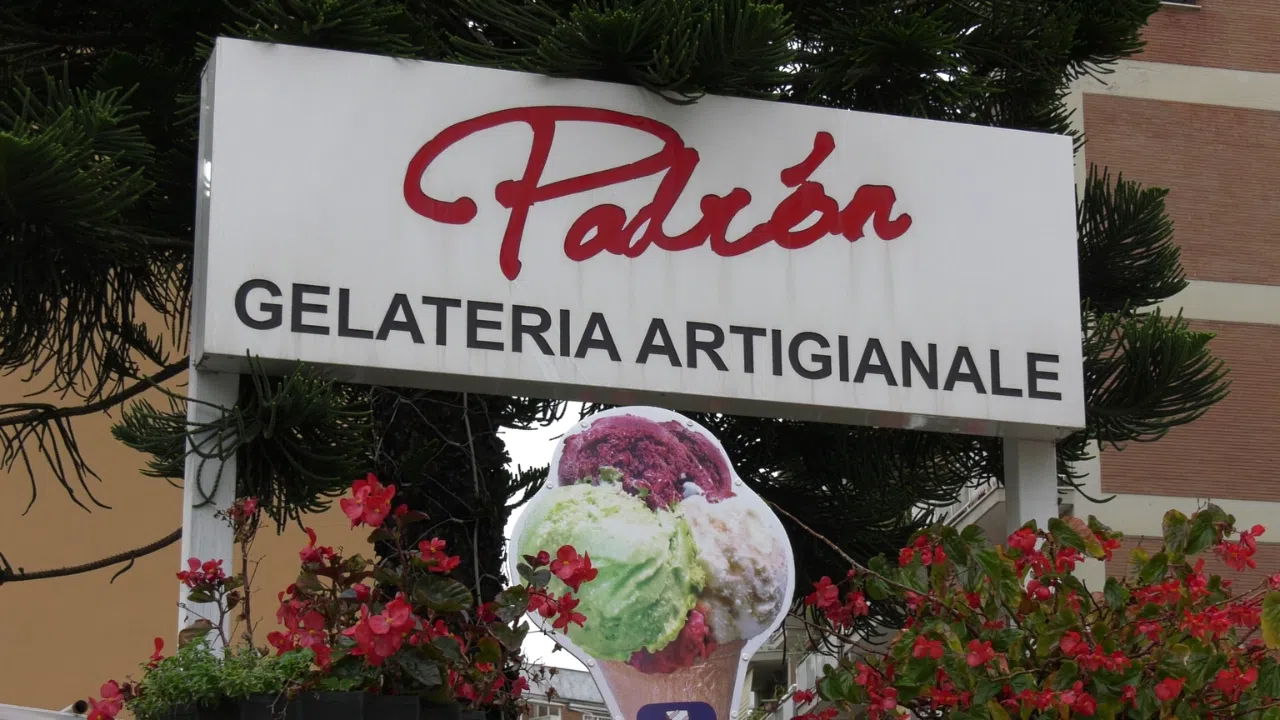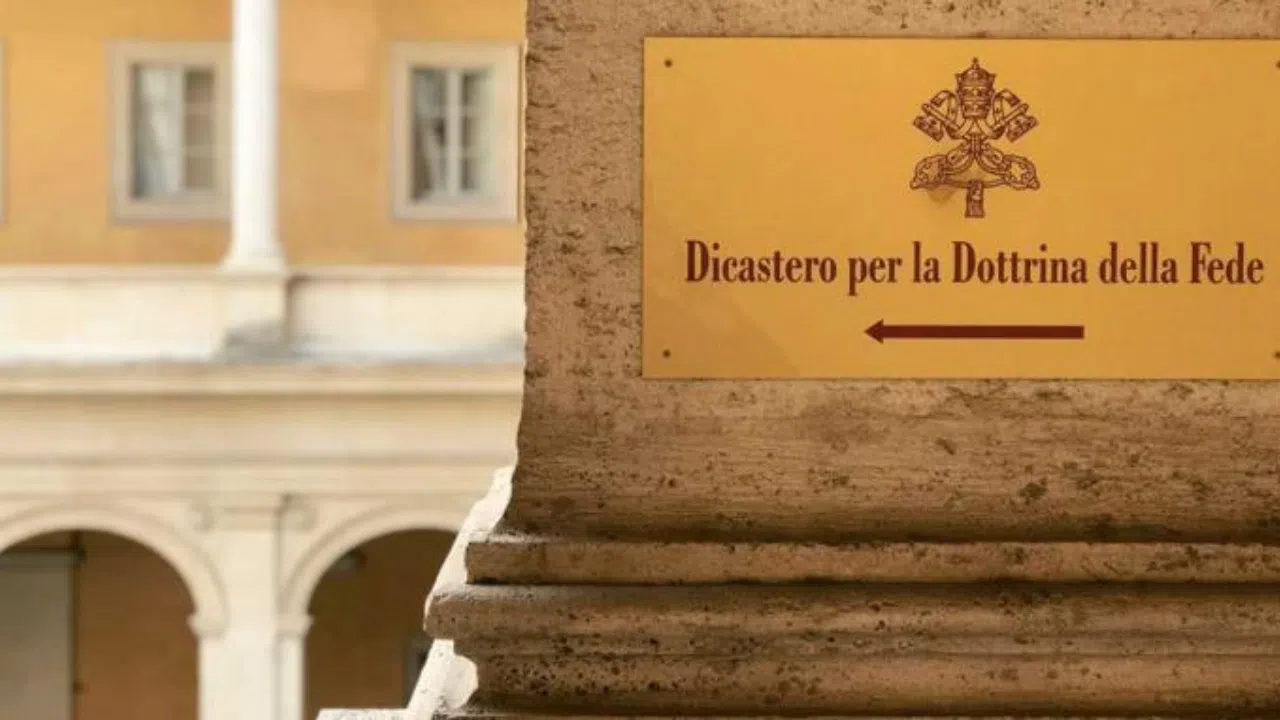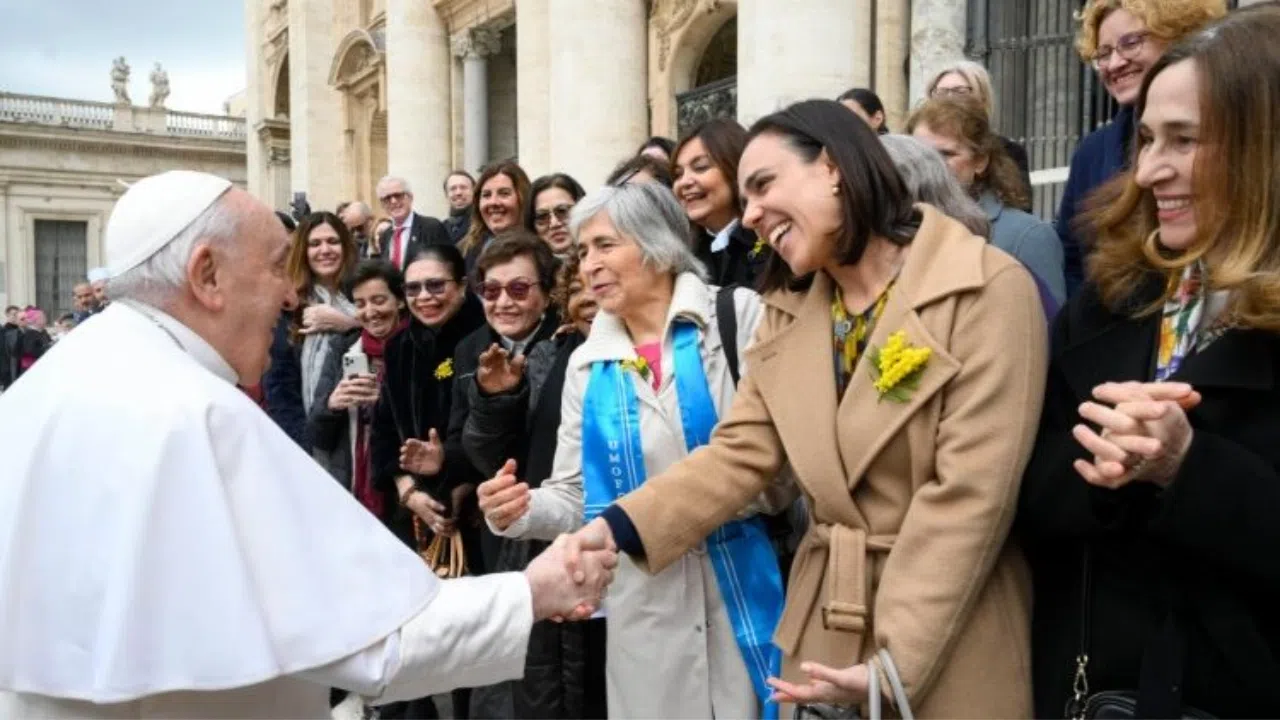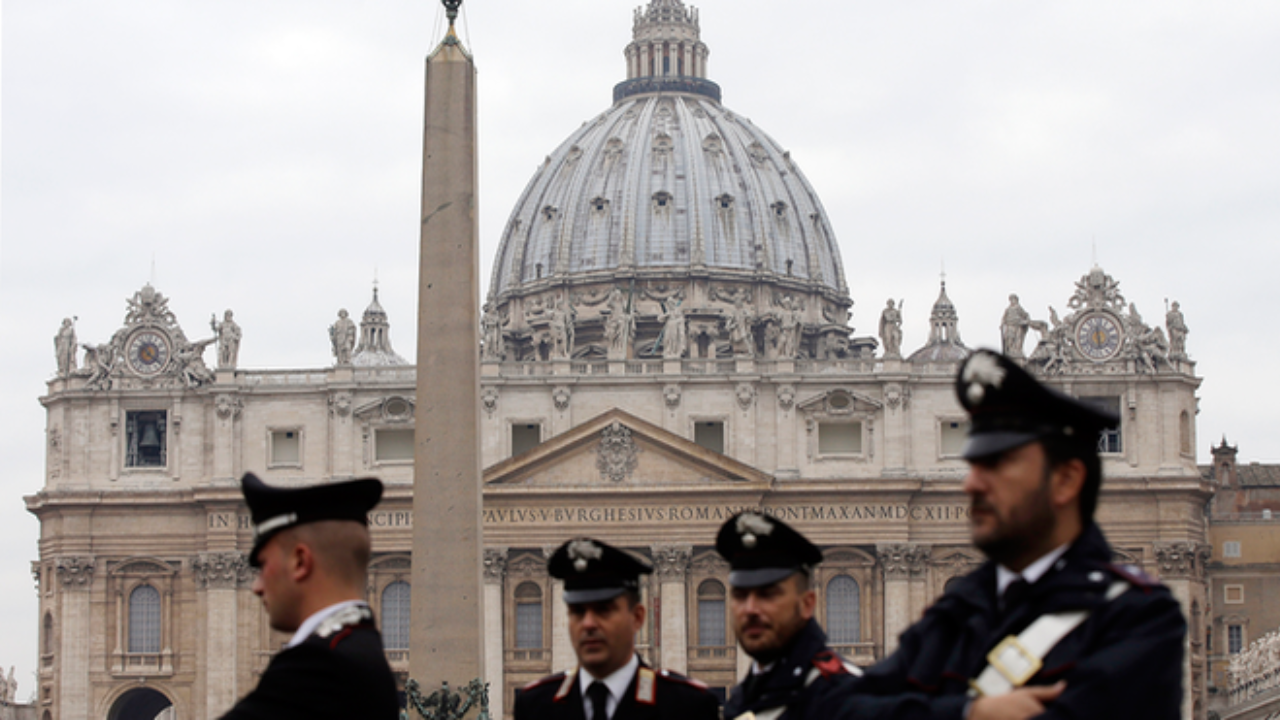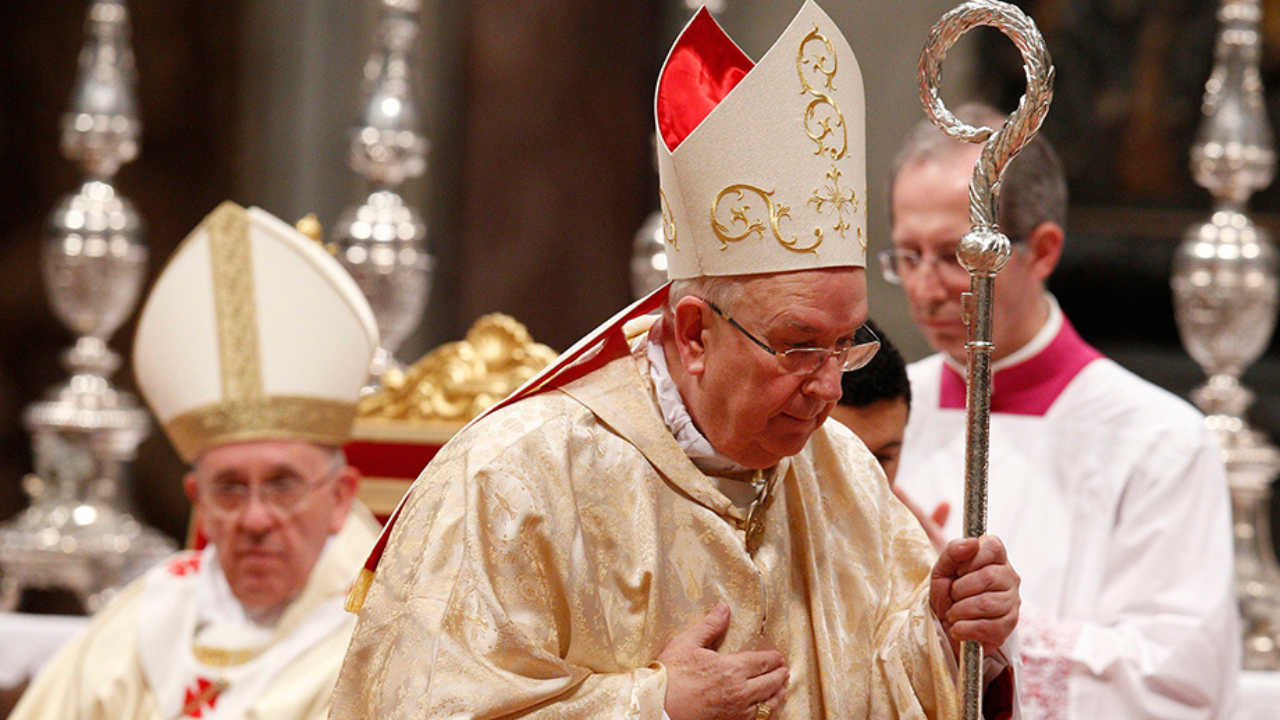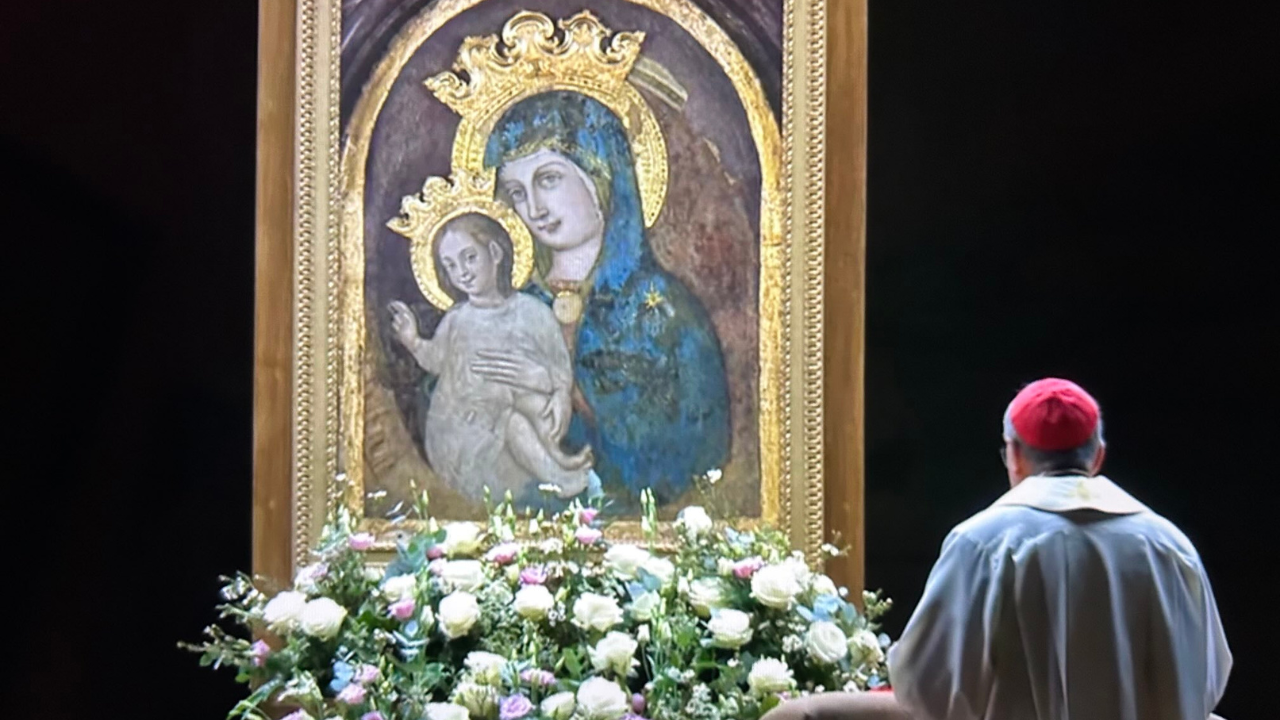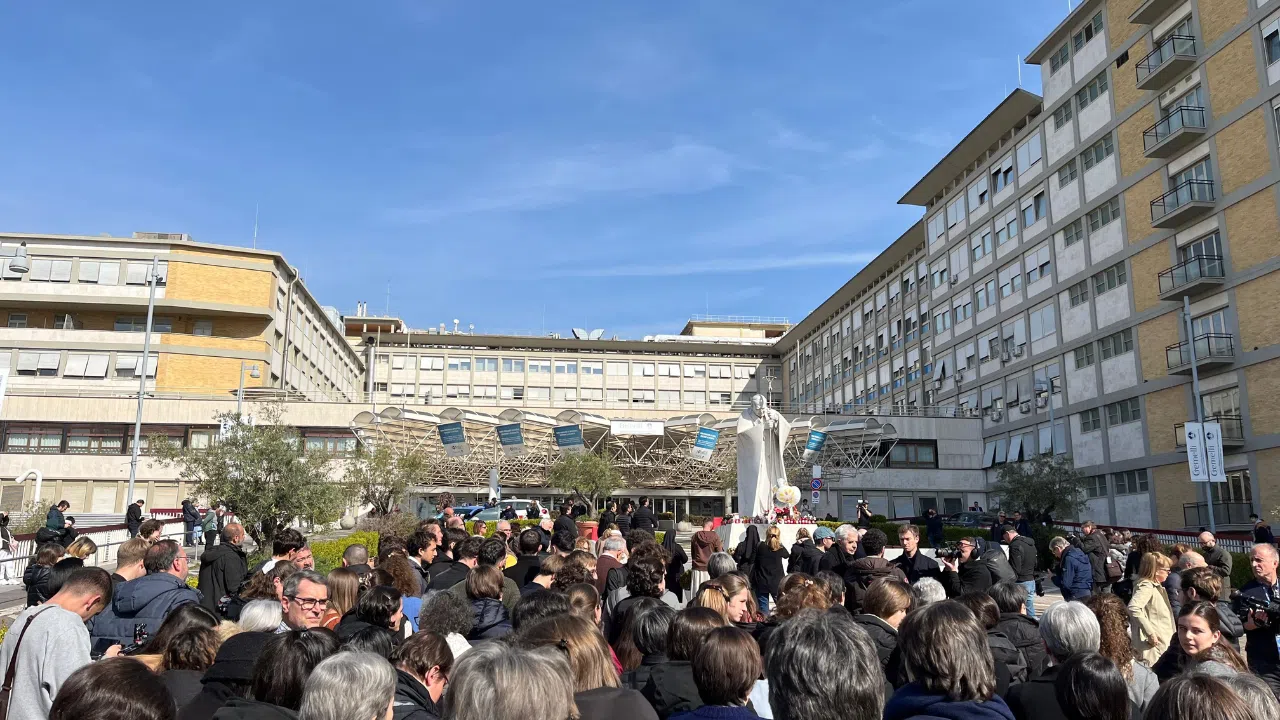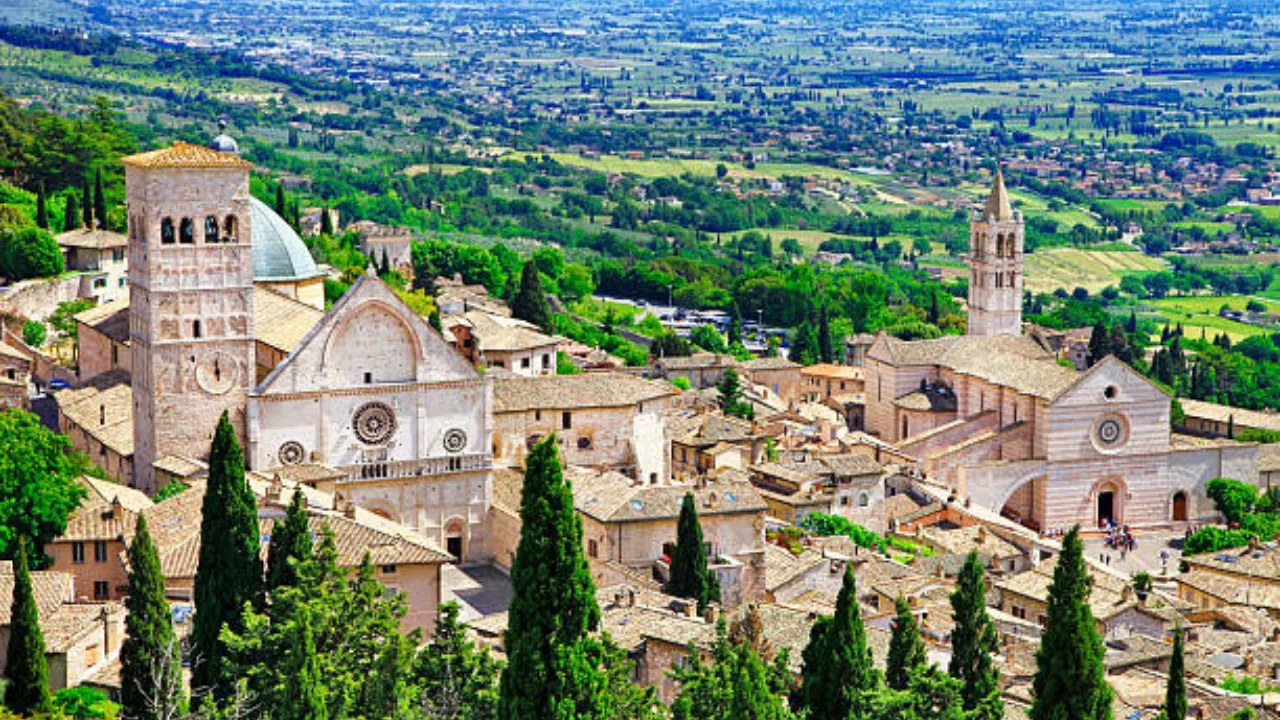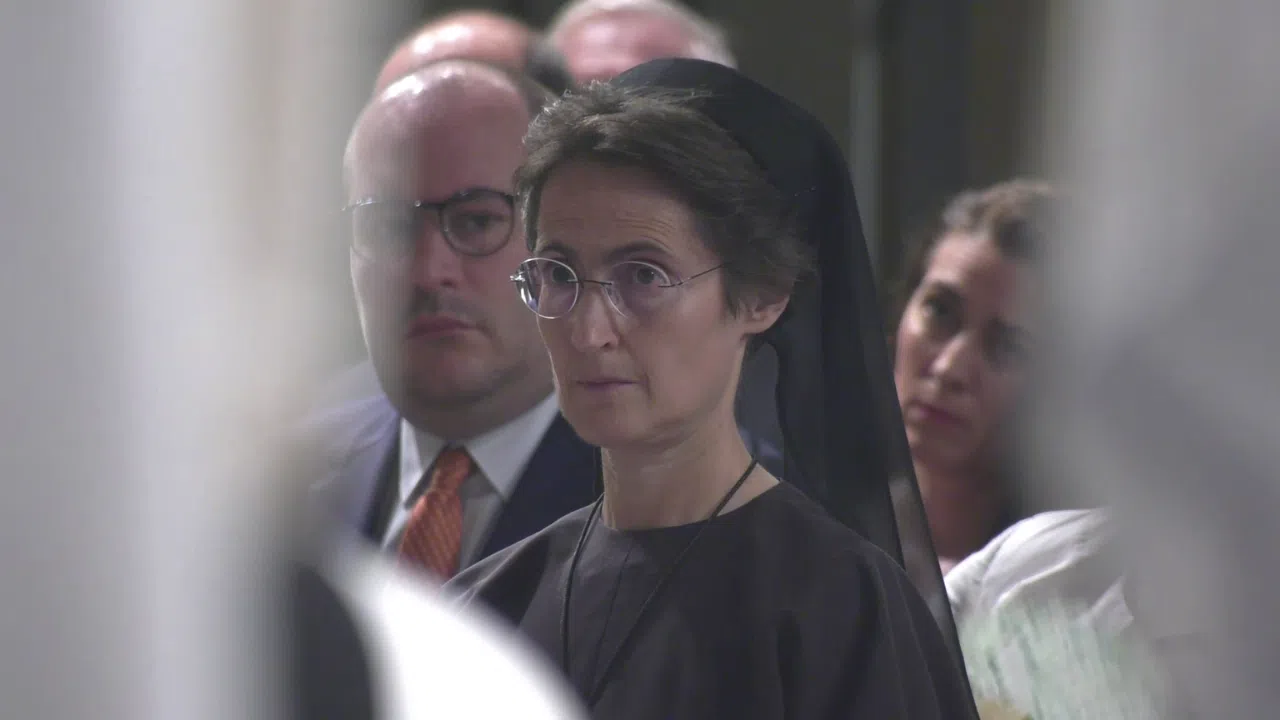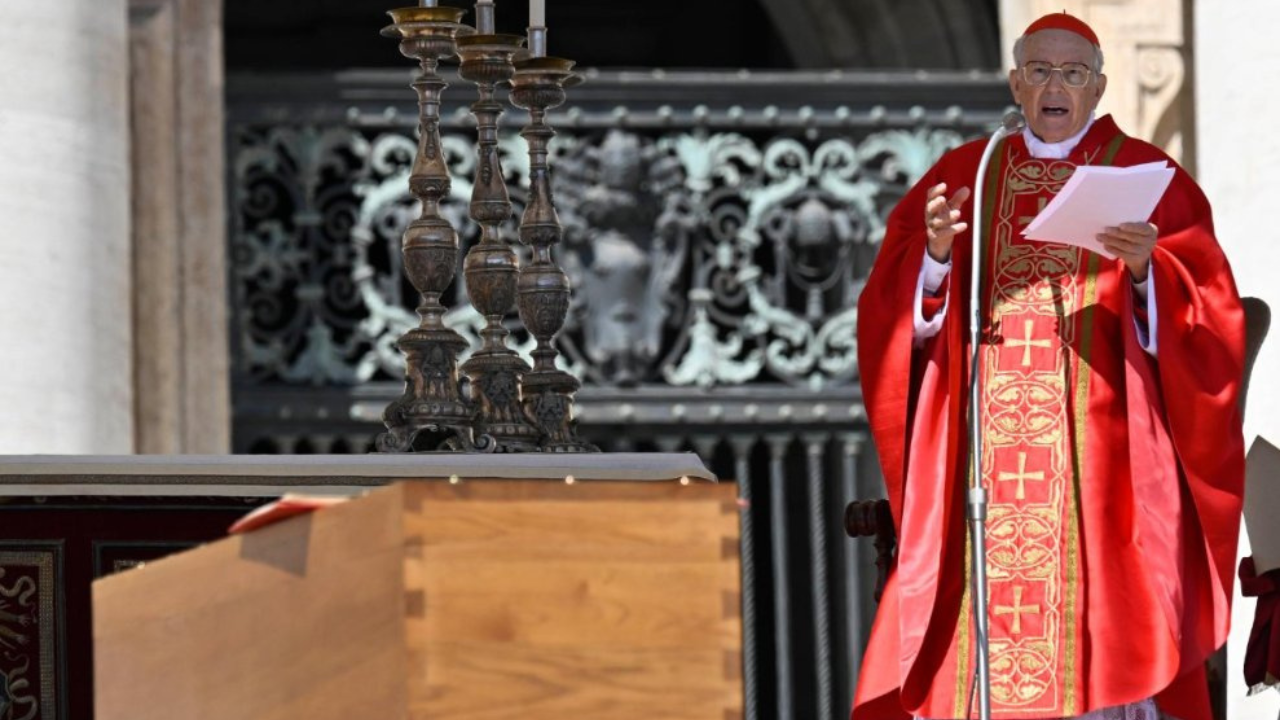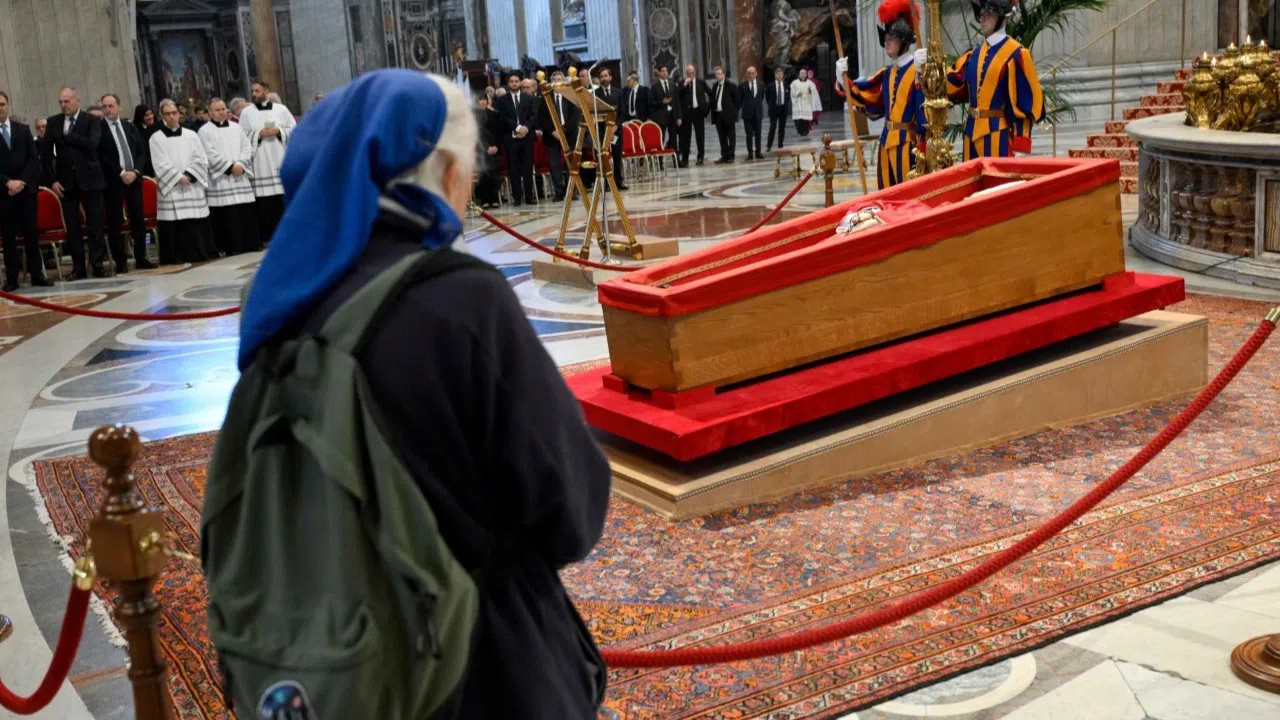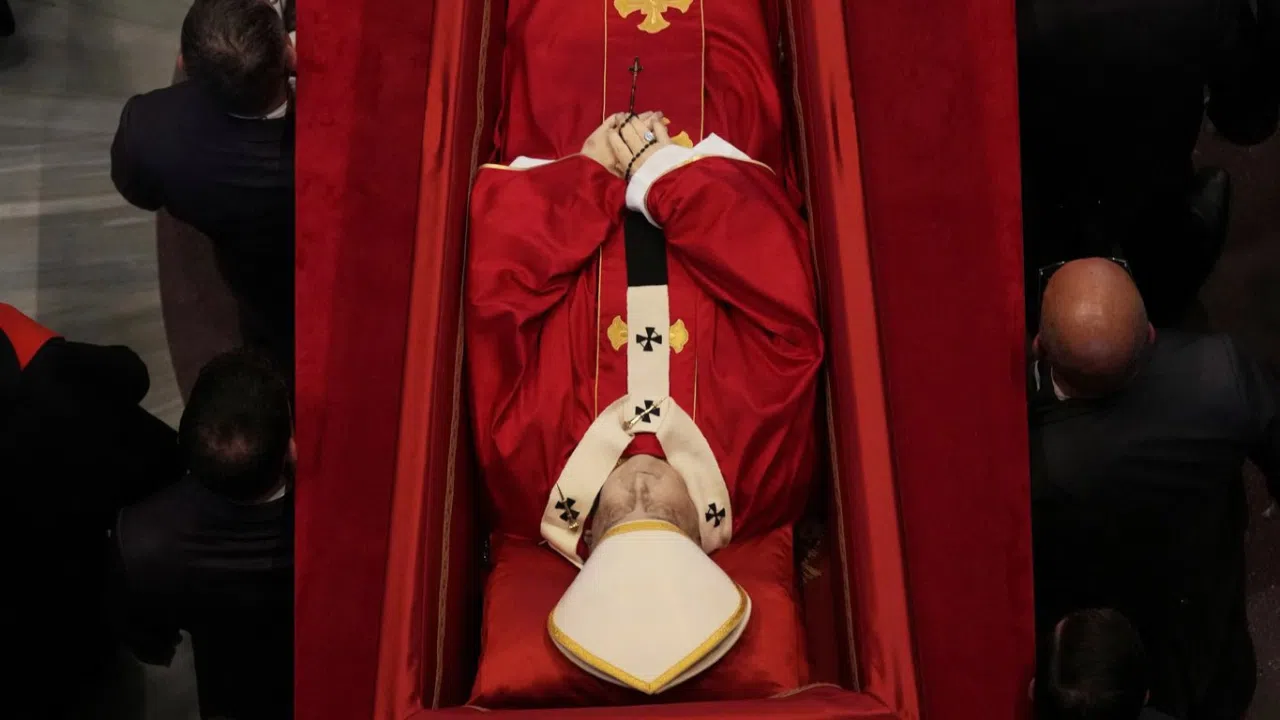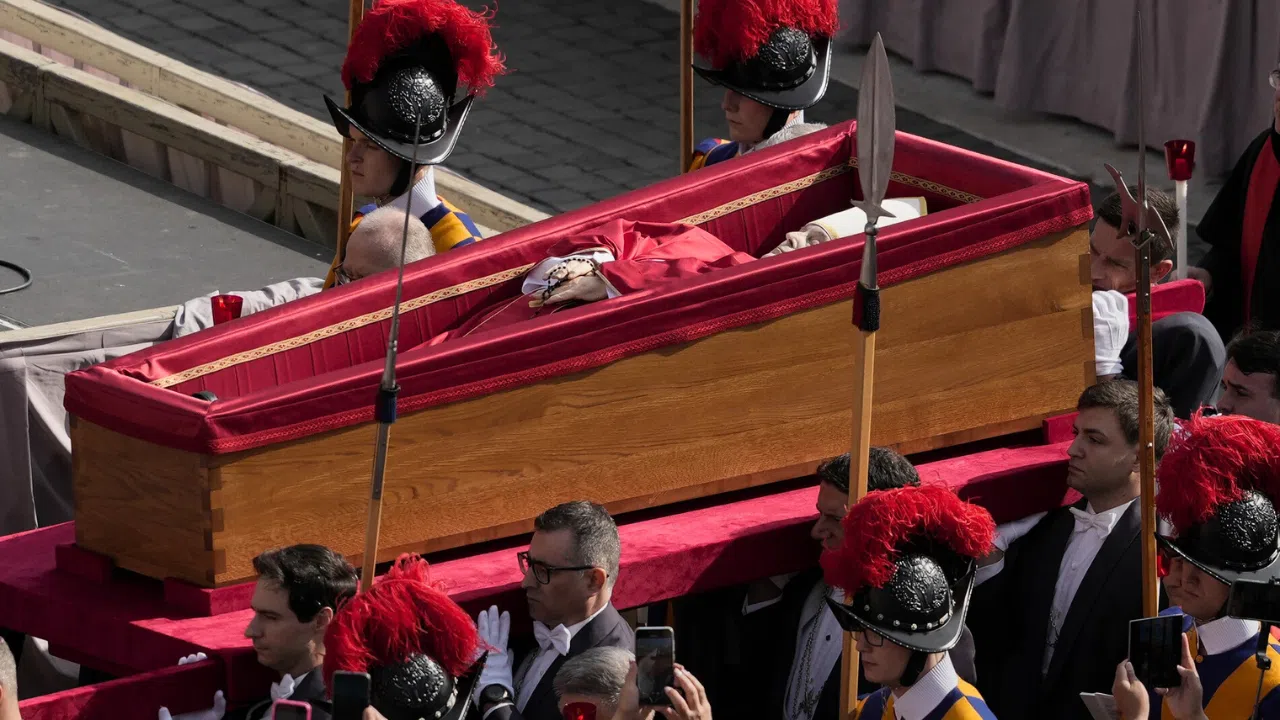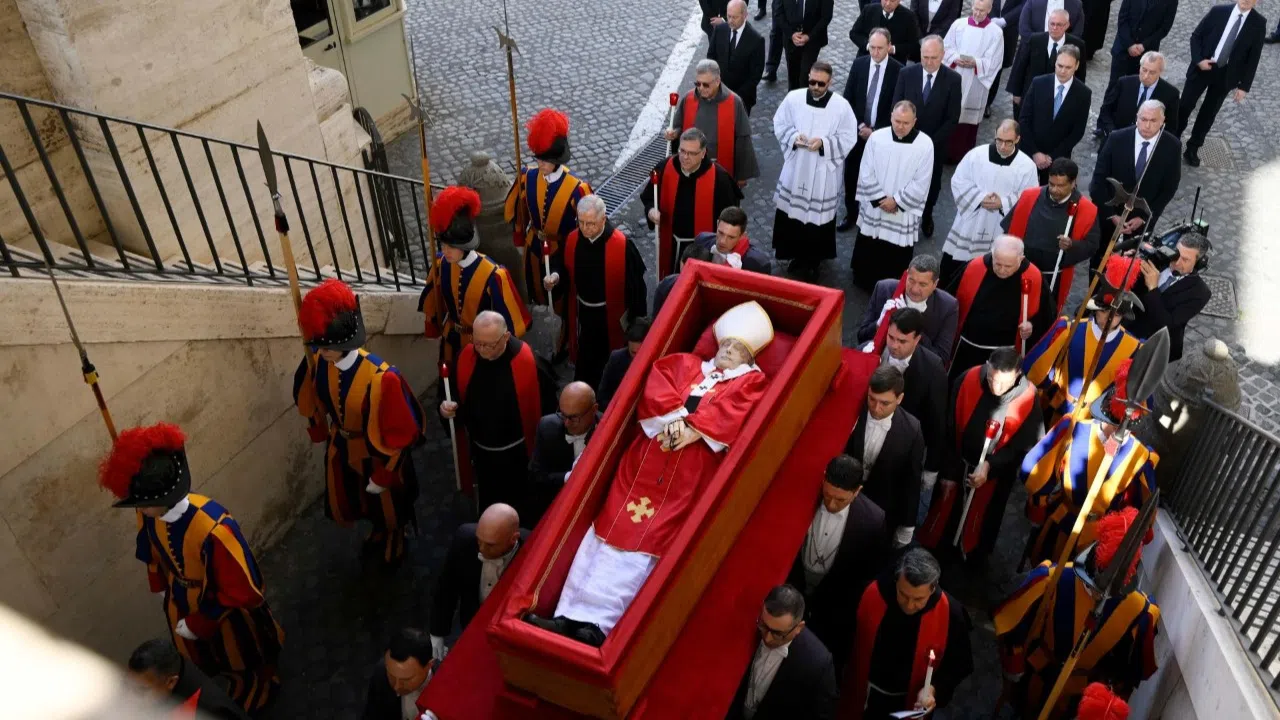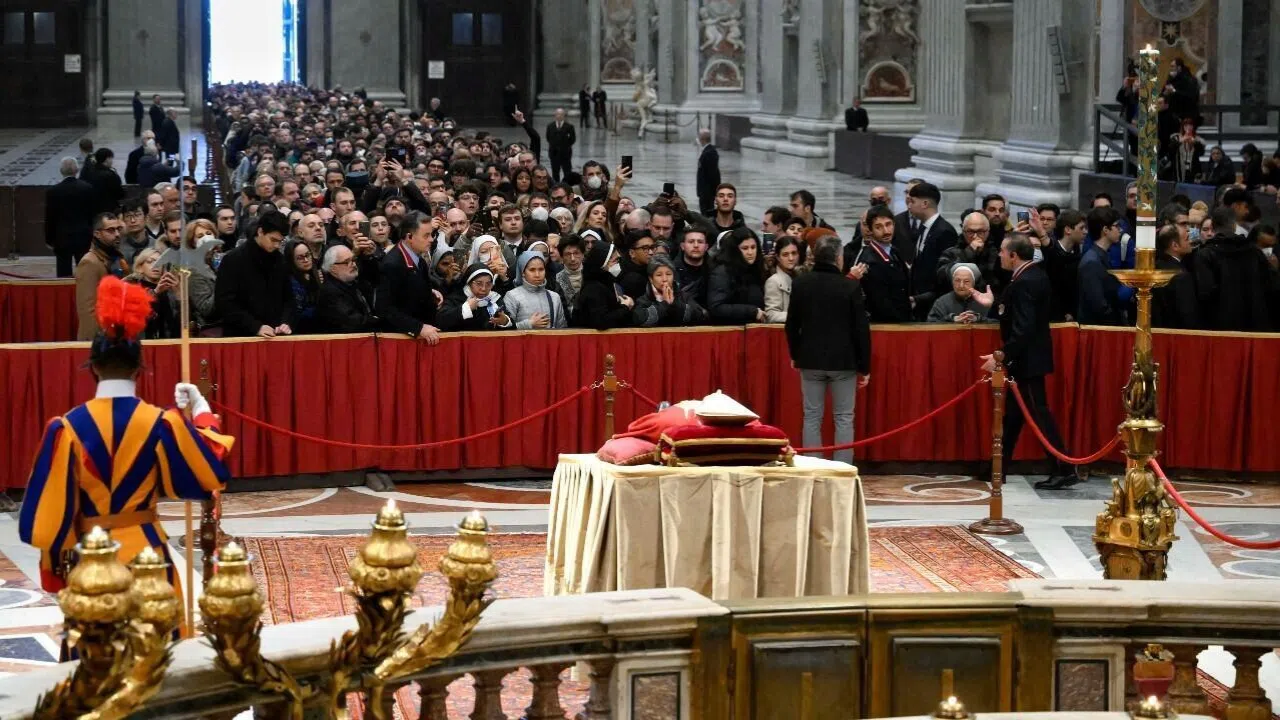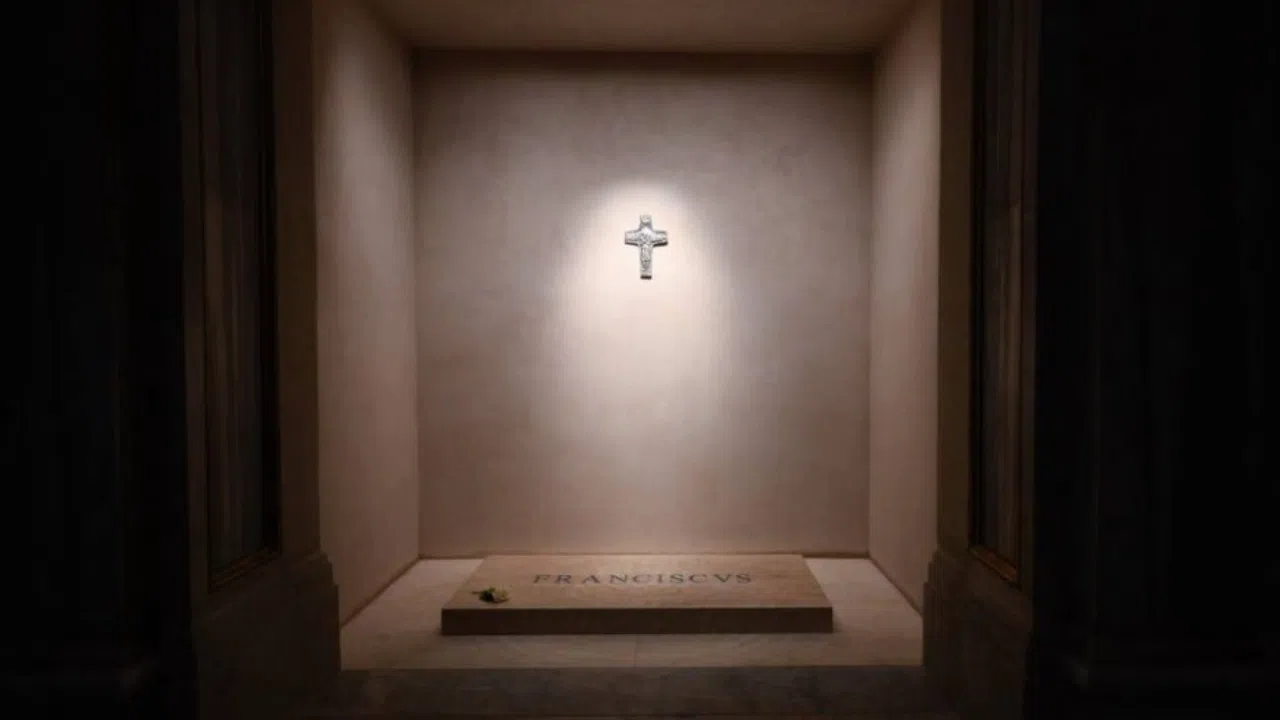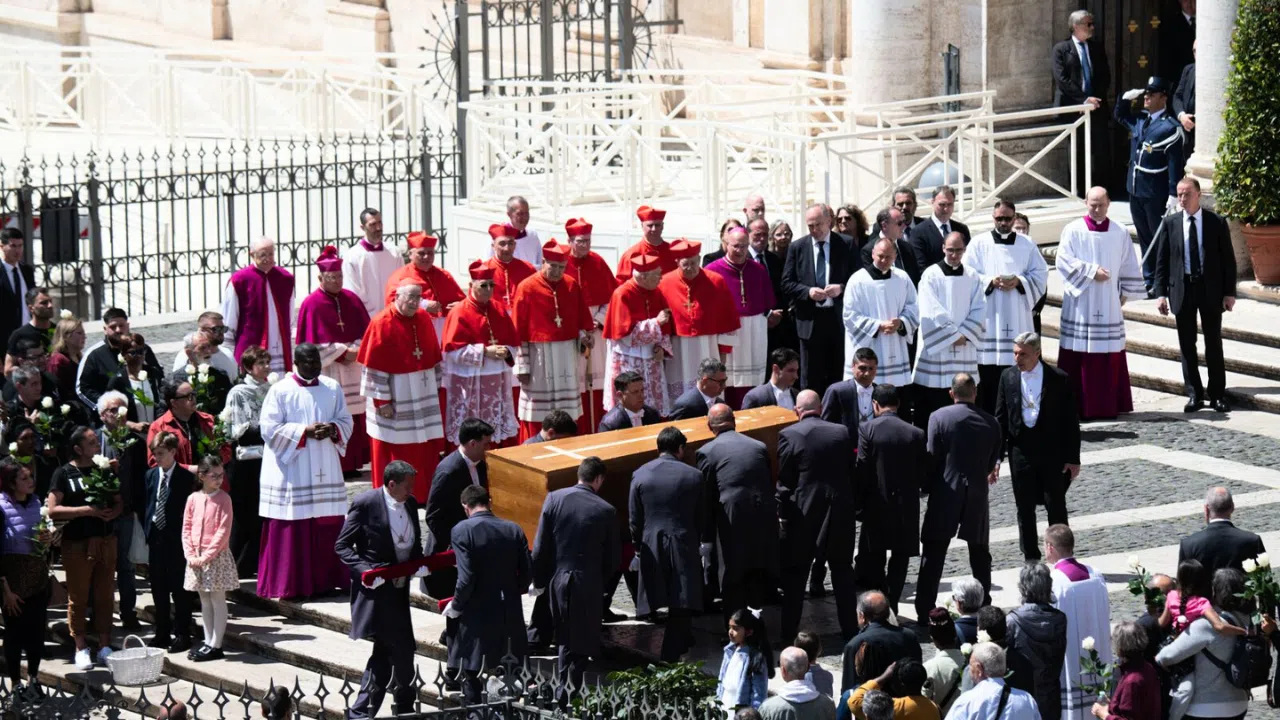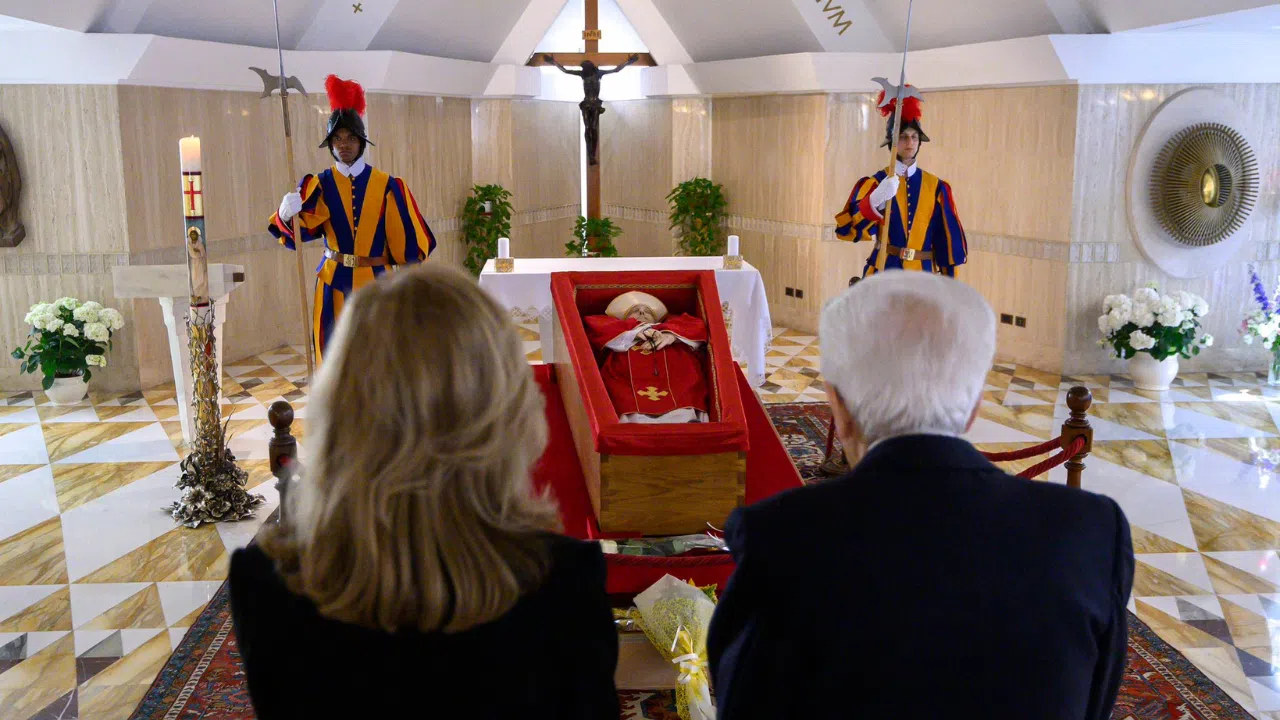Pope Francis has established that the Tridentine-rite Mass can be celebrated only with the local bishop's permission. If it is celebrated, the readings must be read in the congregation's language, using the Episcopal Conference's translation.
The measure affects the Tridentine-rite Mass, also called the St. Pius V Mass, which was celebrated until the Second Vatican Council. The Tridentine-rite Mass is celebrated in Latin. The priest speaks quietly, wears gloves and faces away from the assembly.
In 1970, Pope St. Paul VI modified the rite to what it is today. It is celebrated in the congregation's own language, there is more variety in terms of the readings, and more participation by the faithful.
Pope Benedict XVI authorized the use of the old form, in an effort to strengthen ties with traditional Catholics.
So-called traditionalists reject most of the changes introduced at the Second Vatican Council. For them, the most symbolic of these changes is the modification to the Mass.
But 14 years after the Tridentine Mass was reintroduced, relations with traditionalists have not improved: they continue to reject the other changes introduced during the Second Vatican Council.
The measure taken by Pope Benedict XVI didn't help bring them any closer to the rest of the Church. Instead, they have often felt reaffirmed in their positions, which sometimes border on schismatic.
Pope Francis explains the decision in the “Traditionis custodes,” presented in the form of a motu proprio, which underlines that the bishops are the guardians of tradition.
The change doesn't affect religious orders that use the old rite, because they don't depend on the bishop. But the Vatican department that coordinated religious orders is being dissolved.
Diocesan priests will need their bishop's permission to celebrate this Mass. The Bishops themselves will have to decide what's best for their diocese, without a general norm.
CBM-JMB
TR: CT
